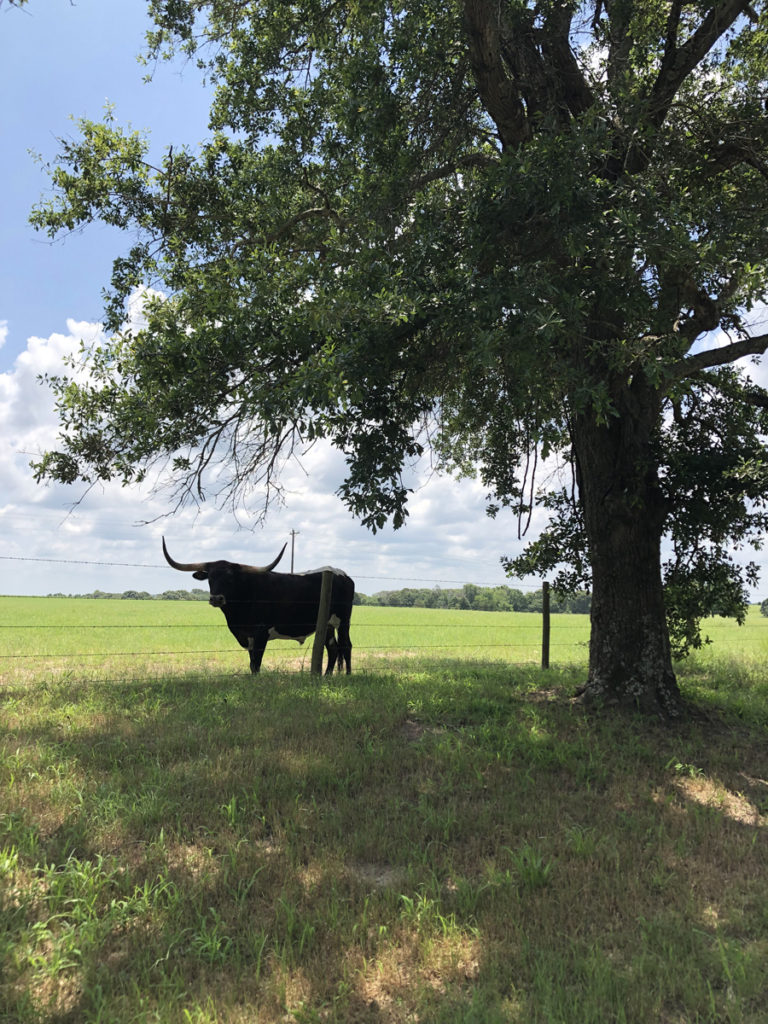Are you satisfied with your portion of life, liberty and happiness?

Here is a treasured formula straight from the Declaration of Independence.
Continue Reading “How to Unleash Happiness All Over America”
Are you satisfied with your portion of life, liberty and happiness?

Here is a treasured formula straight from the Declaration of Independence.
Continue Reading “How to Unleash Happiness All Over America”
Shortcuts are haunting Texas residents again as the state’s power manager, ERCOT, warns of electricity outages.

The Texas power grid was not built in a day.
But, it broke down in one day, February 15, 2021.
At 1:25 AM, ERCOT set off rolling power outages.
Continue Reading “Is Catastrophe Looming in the Texas Power Grid?”Kids remind me why God is a fisherman.

It happened this past weekend on our dock.
Connor, age 10, jumped with glee when the large fish hit the line.
“It’s a jumbo!” shouted his 8 year old brother Benjamin.
“I wanna catch a fish!” yelled 5 year old Harry.
The boys saw something we should see everyday.
Continue Reading “How you know God is a fisherman”Whatever hole or pit you’re in is not permanent.

Unless you want to stay there.
And many folks do.
The deeper the hole, the more resistance there is.
But, anyone can climb out if they open three hatches.
Continue Reading “Blow Out of Your Hole Through These Escape Hatches”My wake-up call reversed my happiness in one split-second.
On a routine afternoon in February 2019, my nervous system shorted out like Daffy Duck.
Neuropathy lit me up like a fireworks show.
Never felt nerve pain like that before.
And it kept going with no end in sight.
I told myself the same thing Daffy did.
“I should have known . . .”
I should have known that when you overload the body, it breaks down.
Two years of wandering through a jungle of nerve pain led to three discoveries about health and happiness.
Continue Reading “Boost Your Wake-up Call to a Happier Life”